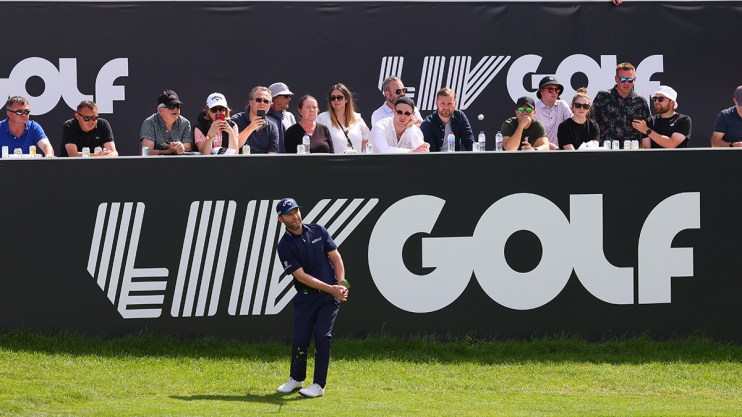LIV Golf and PGA tie-up is proof that competition still works

To the fairway, then, for the latest example of markets working effectively.
The merger of the three biggest tours in the game shows what can be achieved when new entrants disrupt a market – forcing the established players to (excuse the pun) up their game.
When LIV Golf – the Saudi-backed, all-singing, all-dancing new form of the game – launched, sceptics lined up to predict its impending failure.
It would never attract the players, they said. It did. It would never receive the coverage of the established tours, they said. It did. Even when protectionist barriers were placed in the way, with bans on competing in the Ryder Cup and other flagship events, LIV kept finding a way to put on a high-end product. Competition did wonders for the workers – the golfers, in this case -by significantly increasing the cash prizes on offer. Now, with LIV golfers back on PGA greens, it works for consumers too, who will benefit from the innovations that the disruptor has come up with in both format and digital delivery.
In short, the competition between the young guns and the old establishment has produced a better game, and a better commercial product.
Rather than fighting LIV in the courts, the PGA has decided to team up – investment from the backers of LIV, golf expertise from people who’ve been running tournaments for decades.
Around the time LIV launched, we published a piece which suggested that the entrance of a disruptor to a monopoly market was one of the few areas where Marx and Adam Smith might find common ground. Marxists would welcome the increased rewards for labour going to the golfers, while Smith-ian free marketeers would predict a better product as a result. We’ve got both.
And the best news of all is that at some point another new disruptor might come along, and do the same again. Here’s to competition, in business and on the green.
